In the realm of animal instincts, the ability to detect fear is a fascinating, albeit unsettling, feature. This sixth sense is not just the stuff of sci-fi thrillers or cryptic fables; it’s a science-backed phenomenon. Certain animals have honed this skill to sniff out fear like a perfumer creating the perfect scent. The question is, what do these creatures do with this info?
1. Snakes
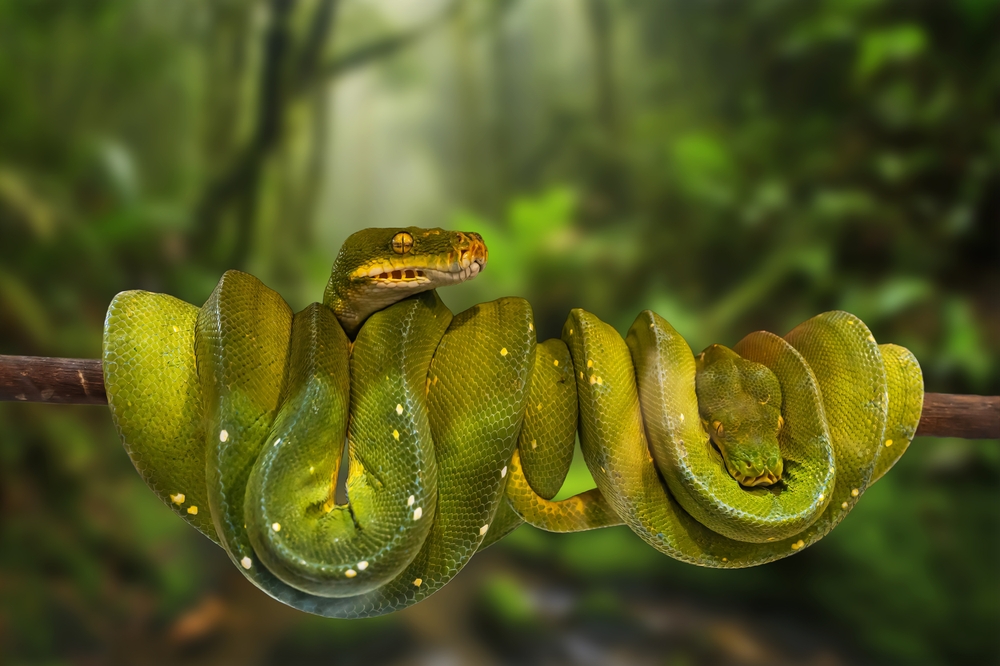
Snakes are often depicted as cold and calculating, but they are surprisingly adept at detecting fear. They use their forked tongues to capture scent particles and “taste” the air, picking up on fear pheromones. Science Direct explains that this ability helps them assess their environment and decide whether to attack or retreat. When a snake senses fear, it might interpret it as aggression or a threat.
This perception of fear can influence a snake’s behavior significantly. If they feel threatened, they may coil up defensively or, in some cases, become more aggressive. Conversely, if they sense no fear or threat, they are more likely to remain passive. For those who encounter snakes, staying calm can make a significant difference in ensuring a peaceful interaction.
2. Bees
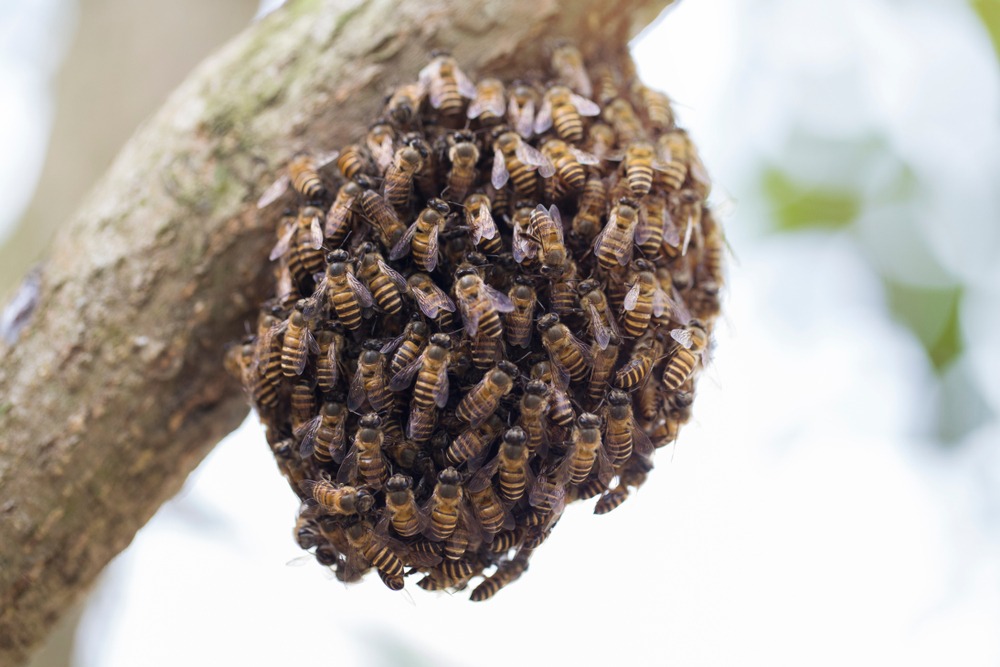
Bees may seem like simple creatures, buzzing around, collecting nectar, and making honey. However, they are surprisingly perceptive and can detect human fear. When threatened or stressed, humans emit alarm pheromones, which can trigger bees to become more defensive and aggressive.
This sensitivity to fear is a survival mechanism for bees. If they sense a threat to the hive, they will act to protect it, often becoming more aggressive if they detect fear in nearby animals or humans. This reaction isn’t personal; it’s purely instinctual. So, the next time you encounter bees, remain calm, as fear can inadvertently trigger an unwelcome response.
3. Horses
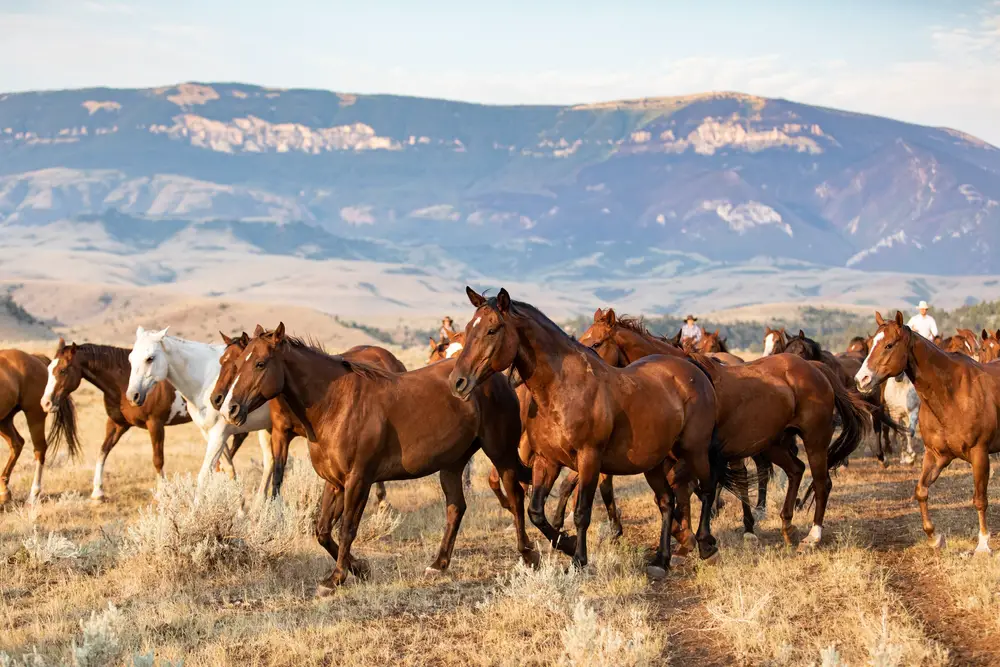
Horses are prey animals, and their survival has depended on their ability to read and react to threats quickly, according to the Equine Science Center. They can sense fear through body language and smell, detecting the subtle changes in human sweat when fear is present. This heightened sensitivity means they can pick up on rider anxiety, which can make them anxious.
This ability to sense fear is why maintaining calm energy around horses is crucial. An anxious rider can lead to an anxious horse, which may result in unpredictable behavior. Conversely, a calm presence can help soothe a nervous horse. Understanding this dynamic is essential for successful and safe interactions with these majestic animals.
4. Dogs
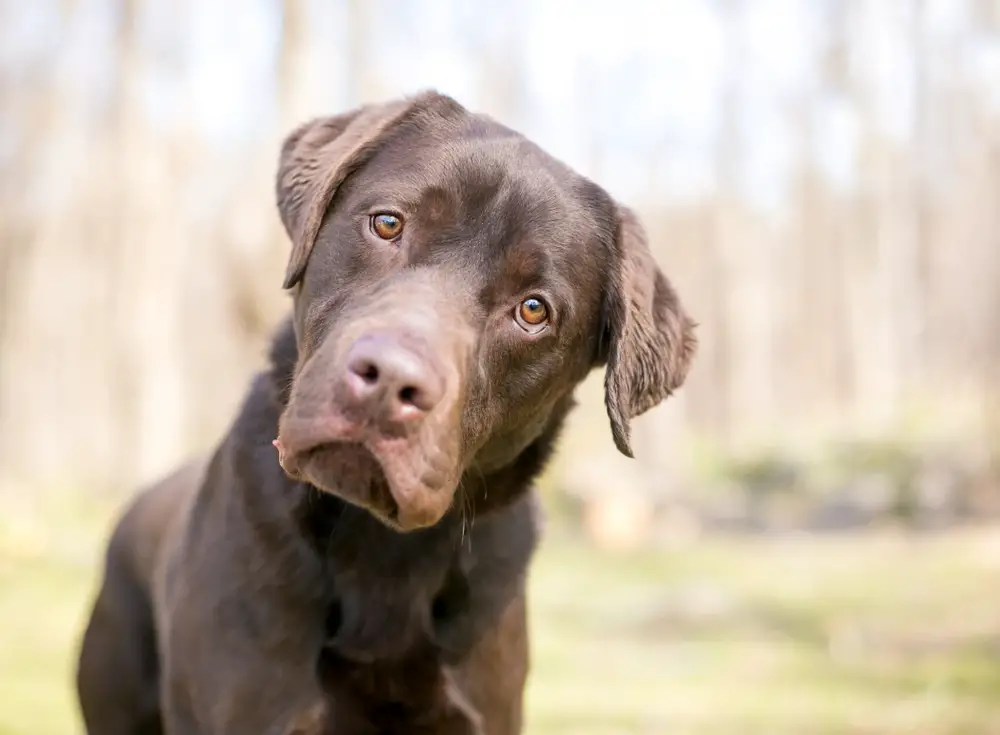
Everyone’s favorite fluffy companion, the dog, is a master at sensing human emotions, particularly fear. Dogs can pick up on the adrenaline and pheromones our bodies release when we’re anxious. With their acute olfactory abilities, they can sense these changes from a distance. What they do with this information depends on the dog’s personality; some will attempt to comfort you, while others might become anxious themselves.
Interestingly, dogs may also use this information to assess threats. If a dog perceives fear in their owner, they might become defensive, barking or positioning themselves between you and the perceived threat. On the flip side, if a dog senses fear from a stranger, it might react aggressively or shy away. This emotional intelligence is part of why they’ve been our companions for thousands of years, offering protection and emotional support.
6. Cats
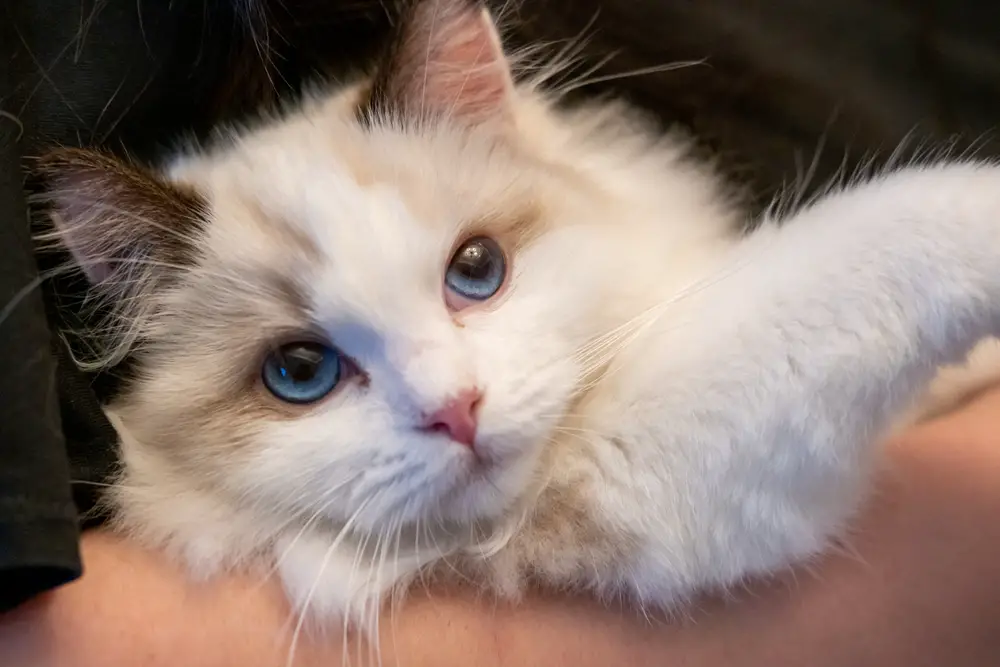
Cats are enigmatic creatures, often perceived as aloof or indifferent, but they possess a keen ability to detect human emotions, including fear. Their acute sense of smell enables them to detect subtle changes in human pheromones and body chemistry associated with fear. This sensory perception goes beyond scent; cats are also keen observers of body language and tone of voice.
When cats detect fear in humans, their reactions can vary according to research published in the National Institute of Health. Some cats might become more affectionate, seeking to comfort their human companion. Others might distance themselves, sensing the tension and opting to avoid the discomfort. Understanding a cat’s response to human emotions can enhance the bond between feline and human, as they are more intuitive than they often let on.
7. Sharks

The ocean’s fearsome predators, sharks, have a reputation for being able to “smell fear.” While this isn’t entirely accurate, they can detect the scent of blood and bodily fluids, which can be released in higher quantities when a person is scared. This olfactory prowess allows them to detect prey from miles away, honing in on the scent of vulnerability.
If a shark senses fear or distress in its environment, it may become more curious or aggressive, investigating the source. However, sharks are not inherently malicious and often retreat when they sense a threat to themselves. Their sensitivity to fear highlights the importance of remaining calm and composed in their presence to avoid unintended provocation.
8. Elephants
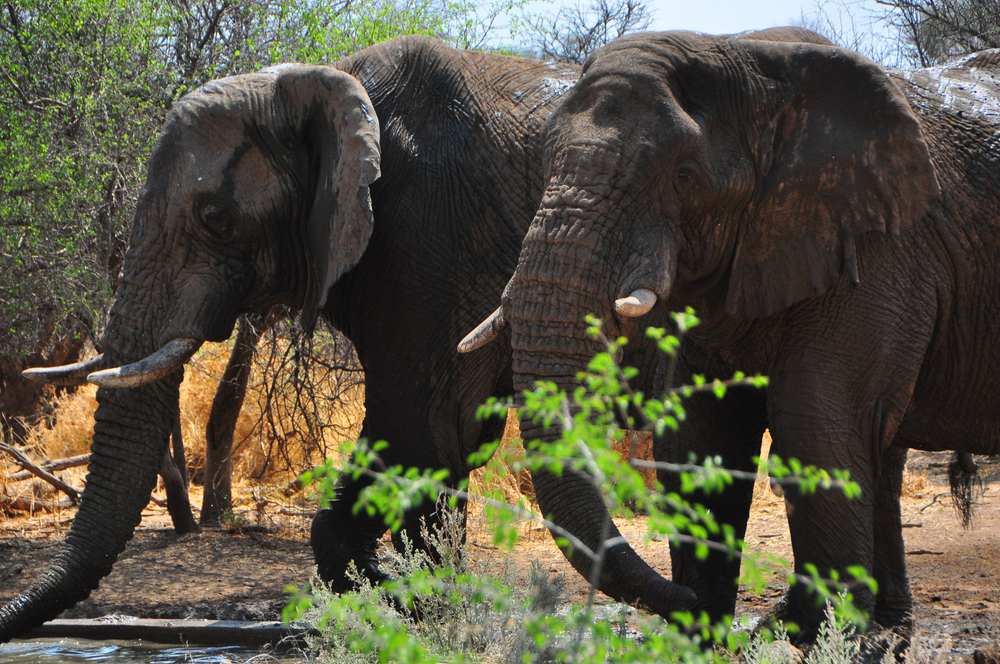
Elephants are not only intelligent but also remarkably empathetic creatures capable of sensing human emotions, including fear. Their ability to detect fear comes from their keen sense of smell and their capacity to read human body language. When elephants sense fear, they often respond with caution or curiosity, trying to understand the source of anxiety.
In the wild, elephants use this sense to protect their herd and themselves from potential threats. An elephant sensing fear might become more vigilant or defensive, showcasing their protective nature. Their sensitivity to human emotions reinforces the deep bond they can form with humans and highlights their complex emotional intelligence.
9. Wolves
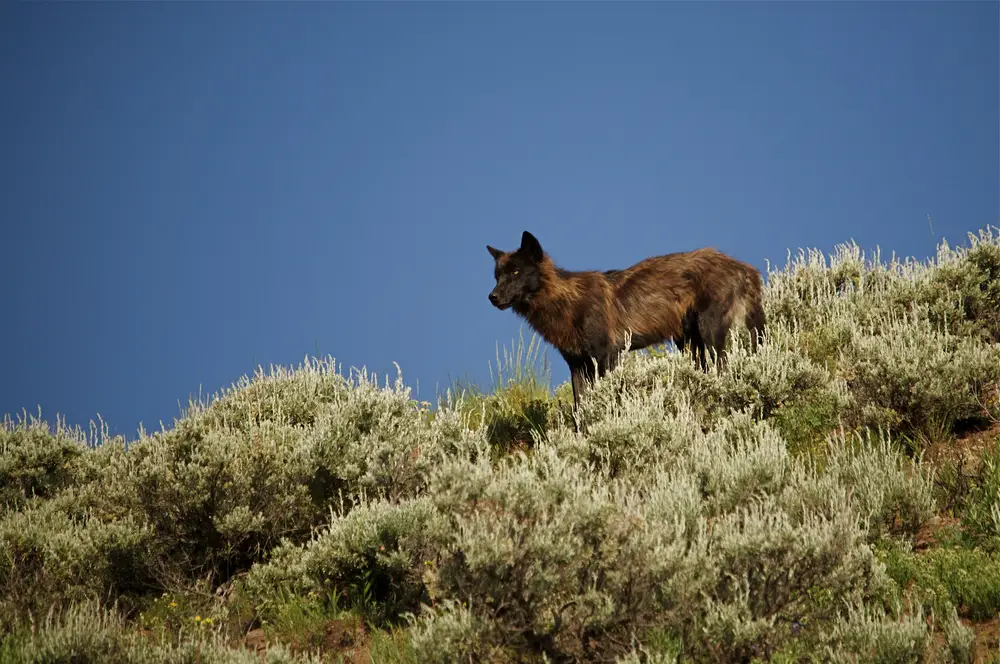
Wolves, the ancestors of domestic dogs, have a finely tuned ability to sense fear in other animals, including humans. This skill is essential for their survival and pack dynamics, allowing them to gauge the vulnerability of potential prey or threats. Wolves use a combination of scent, body language, and vocal cues to detect fear.
When wolves sense fear, they might interpret it as a sign of weakness, potentially influencing their decision to attack or assert dominance. However, wolves are also cautious creatures and may choose to avoid an encounter if they sense fear from a potentially dangerous opponent. Their acute perception of fear underscores their complex social structures and survival strategies in the wild.
10. Birds Of Prey
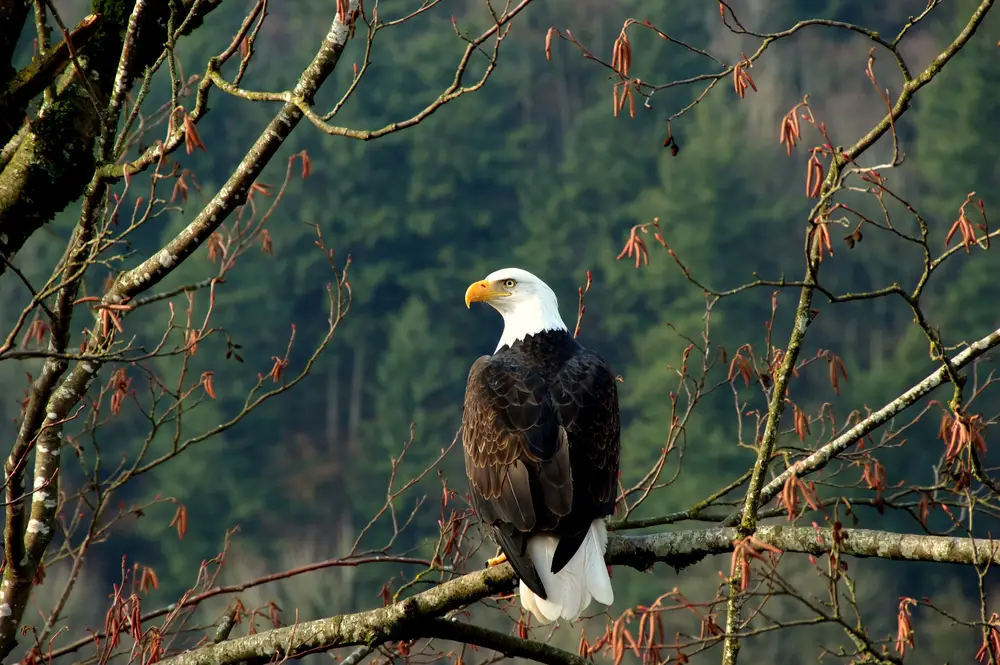
Birds of prey, such as eagles and hawks, have remarkable senses that aid them in detecting fear in their environment. Their keen eyesight allows them to observe subtle changes in the behavior of other animals that indicate fear. While they may not “smell” fear in the same way mammals do, they can interpret visual cues of distress.
When birds of prey detect fear, they may be more likely to target a vulnerable animal, perceiving it as an easy meal. This instinctual response is crucial to their hunting strategy, allowing them to conserve energy by focusing on prey that appears weak or distracted. Understanding their role in the ecosystem emphasizes the delicate balance of predator-prey dynamics.
11. Ants
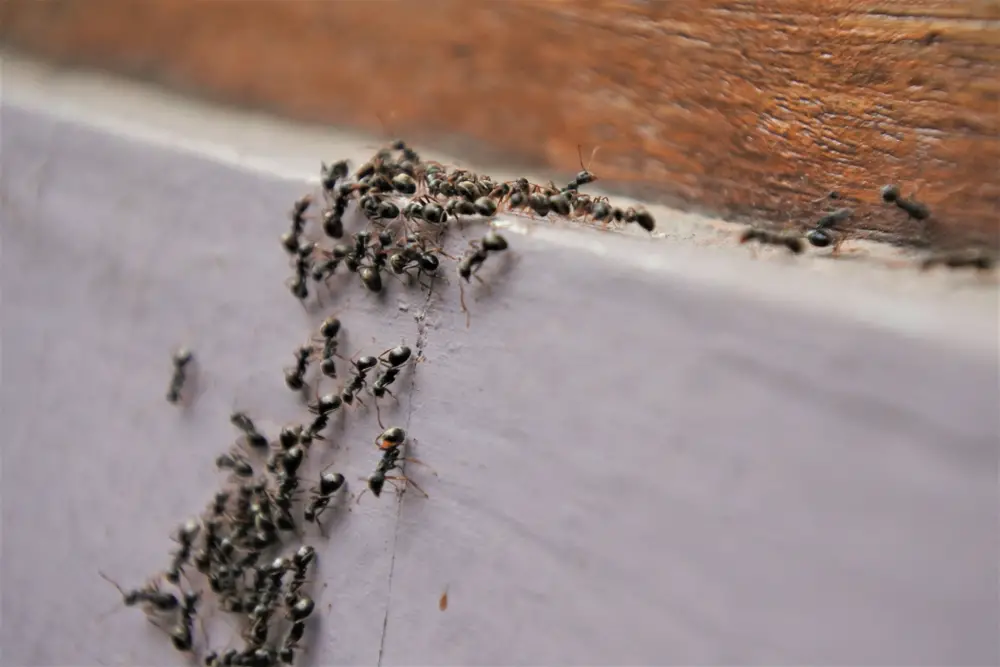
Ants might be small, but they possess an impressive ability to detect fear-related pheromones. These social insects rely heavily on chemical communication, making them highly sensitive to changes in their environment. When ants detect fear pheromones, it can cause a rapid shift in the colony’s behavior, prompting defensive actions.
A colony sensing fear may become more aggressive, as ants interpret these pheromones as a potential threat to their home. This reaction ensures the colony’s safety, allowing them to mobilize against perceived dangers. Despite their size, ants’ ability to detect fear plays a crucial role in their survival and social structure.
12. Seals
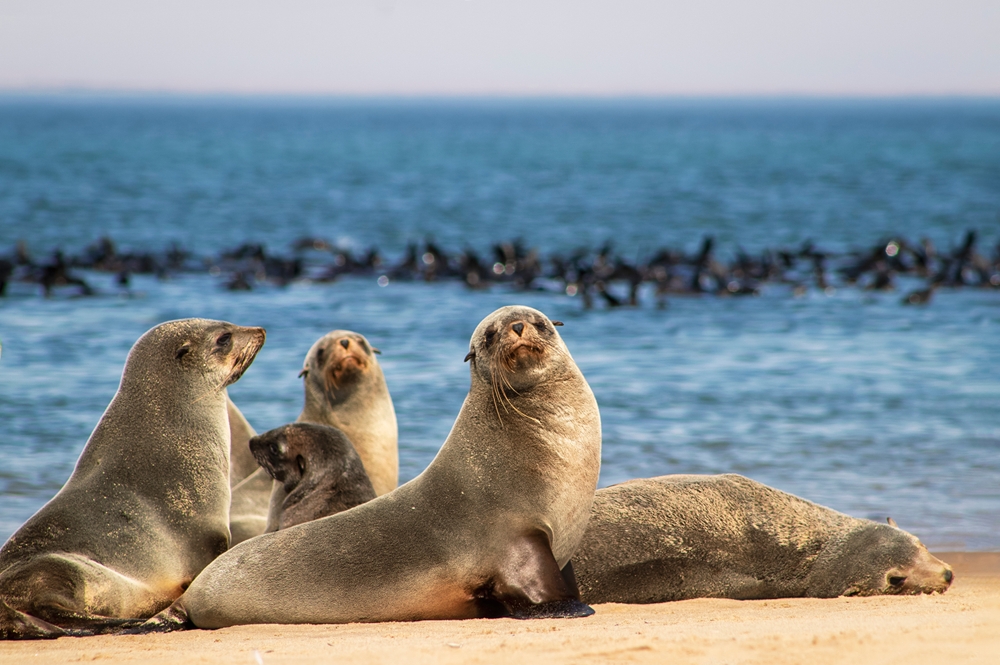
Seals, often seen as playful and curious marine mammals, have a surprising knack for detecting human emotions, including fear. Their keen sense of smell and ability to read body language allows them to sense changes in their environment and the creatures within it. When seals detect fear, they may become cautious, curious, or even playful.
In the wild, seals use their sensitivity to fear to navigate interactions with predators and other marine animals. A cautious seal may choose to avoid a potentially dangerous situation, ensuring its safety. Their ability to detect fear underscores the complexity of their social interactions and their adaptability in diverse environments.
13. Cows
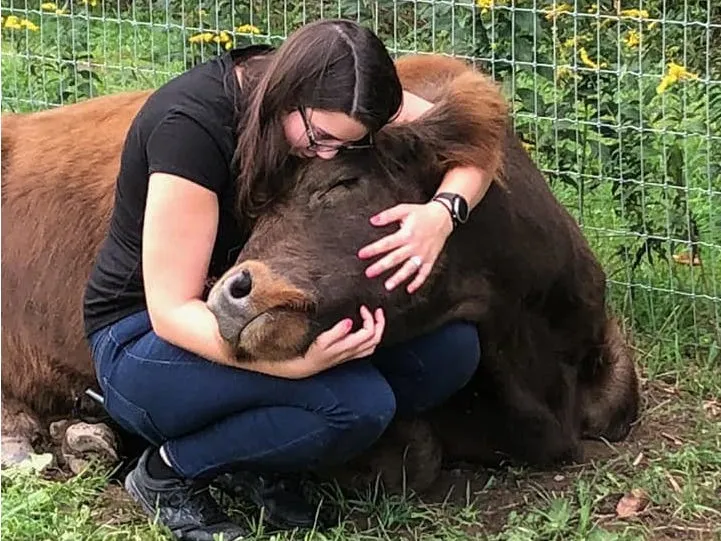
Cows, often underestimated in their emotional and sensory abilities, can detect fear in humans and other animals. Their keen sense of smell allows them to pick up on the pheromones released when fear is present. This ability helps cows navigate their environment and assess potential threats.
When cows sense fear, they may become more alert or nervous, reflecting their instinctual response to protect themselves and their herd. This heightened sensitivity emphasizes the importance of calm and gentle handling in agricultural settings. Understanding cows’ emotional intelligence can improve human-animal interactions, fostering a more harmonious relationship.
14. Deer
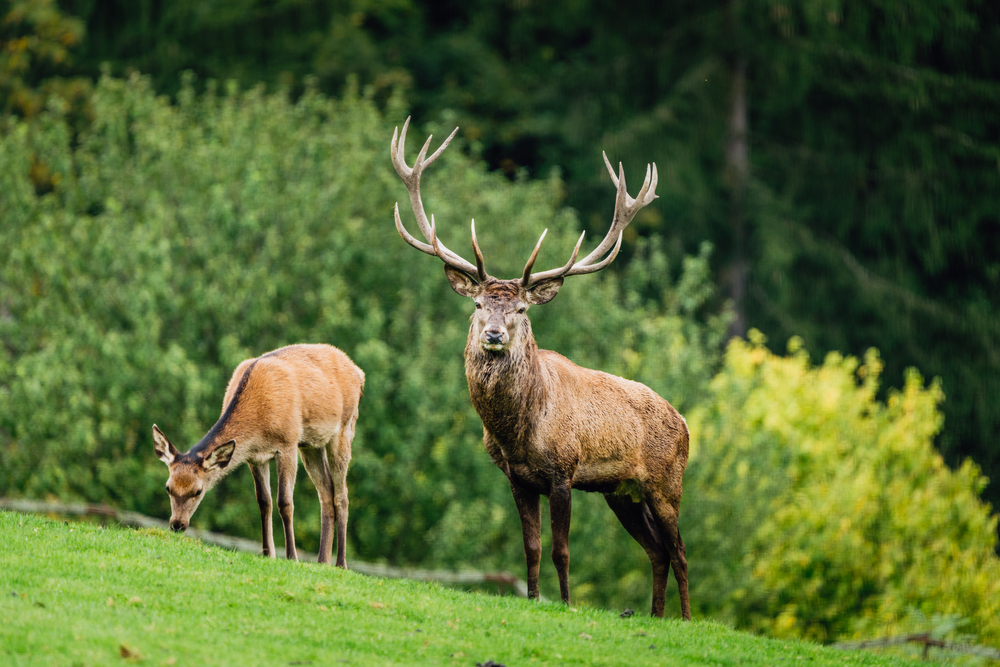
Deer, known for their grace and skittish nature, have a remarkable ability to detect fear in their predators and environment. Their acute sense of smell and hearing allows them to pick up on fear pheromones and other cues of danger. This sensitivity is vital for their survival, enabling them to react swiftly to potential threats.
When deer sense fear, they may become more vigilant, ready to flee at the slightest sign of danger. This instinctual response ensures their safety, allowing them to escape predators effectively. Their ability to detect fear highlights the delicate balance of predator-prey interactions in the wild.
14. Frogs

Frogs, though seemingly simple creatures, have a surprising capacity to detect fear in their environment. Their sensitive skin and acute senses allow them to pick up on subtle changes in their surroundings, including fear-related pheromones. This ability helps them assess potential threats and decide whether to stay or flee.
When frogs detect fear, they may become more cautious, opting to hide or remain still to avoid detection. This instinctual response is crucial for their survival, allowing them to avoid predators and other dangers. Despite their small size, frogs’ ability to sense fear plays a significant role in their interactions with the world around them.
15. Rats
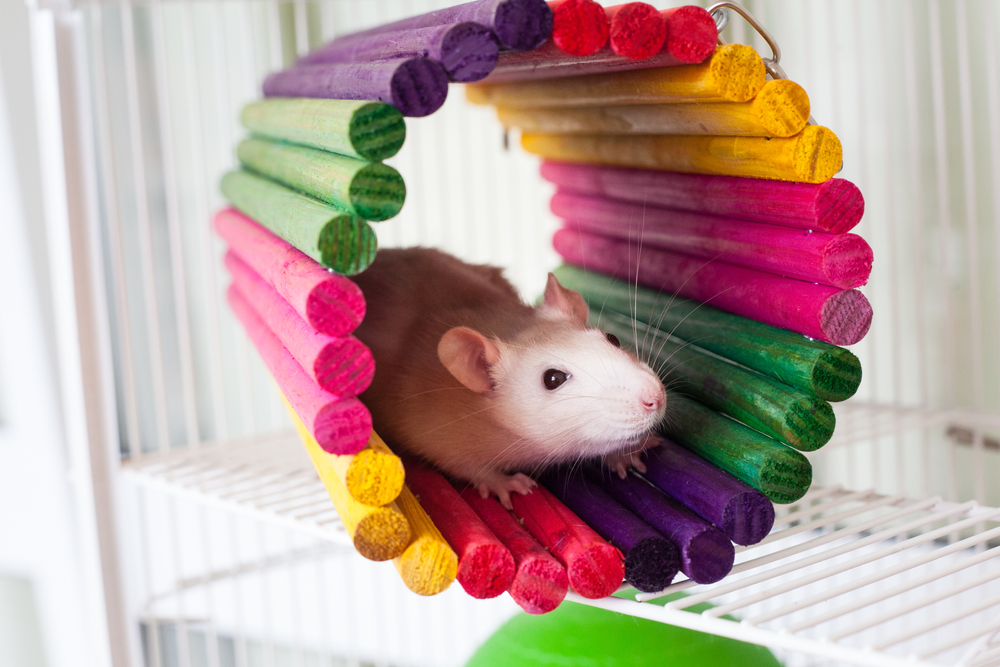
Rats, often the subject of urban myths and fears, have an acute ability to pick up on human emotions. These intelligent rodents can detect the stress pheromones we emit when we’re afraid. This ability helps them navigate environments often fraught with human threats. According to behavioral studies, rats respond to these fear signals by becoming more cautious and alert.
In the wild, a rat’s decision-making is heavily influenced by their ability to detect fear. If they sense fear in a predator or another animal, they might take it as a cue to flee or hide. This sensory skill is crucial in allowing them to survive in complex urban environments where threats lurk around every corner. Despite their reputation, rats’ sensitivity to fear shows a level of sophistication that’s easy to underestimate.
